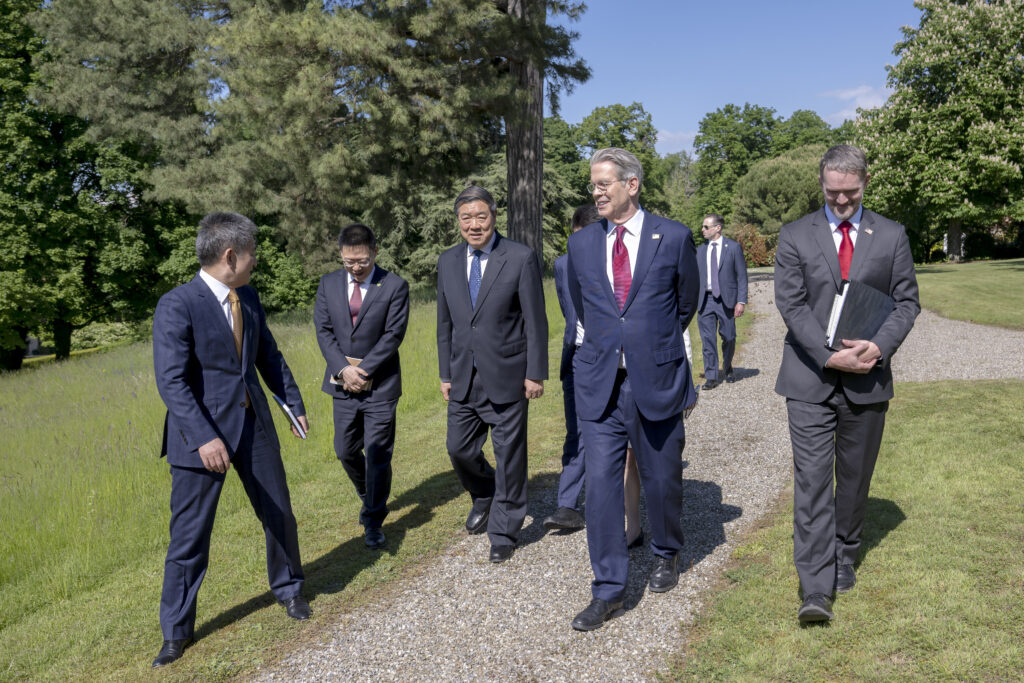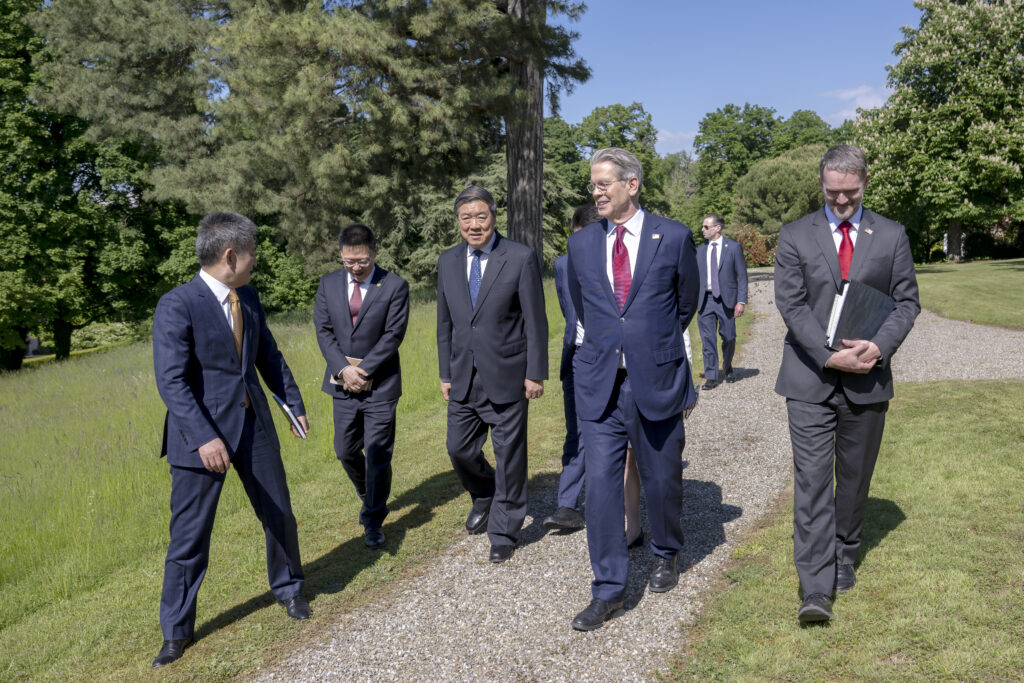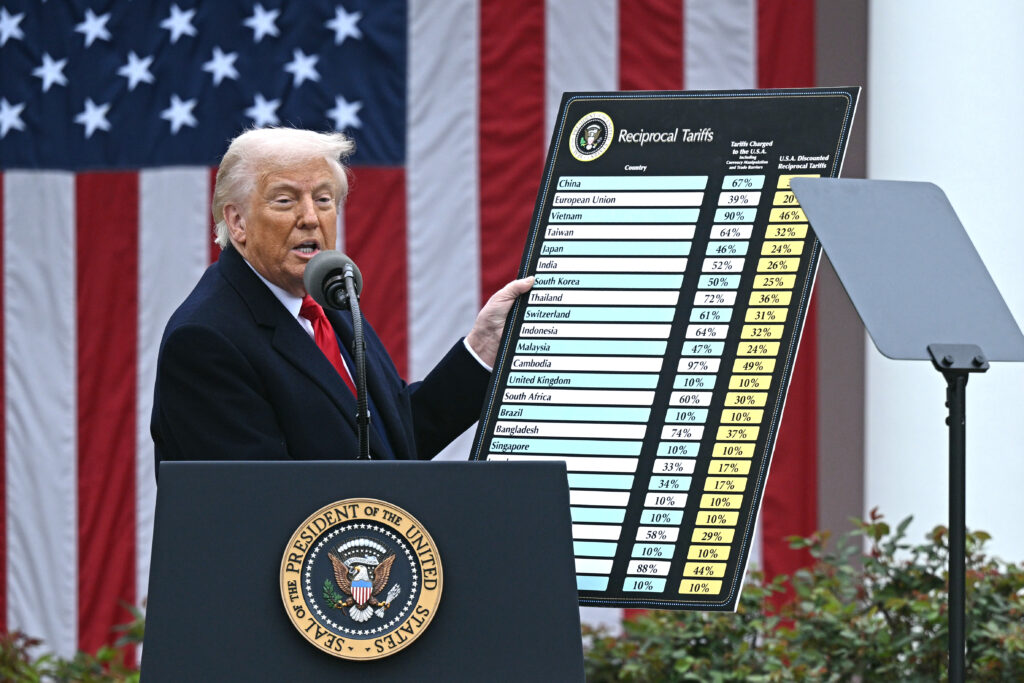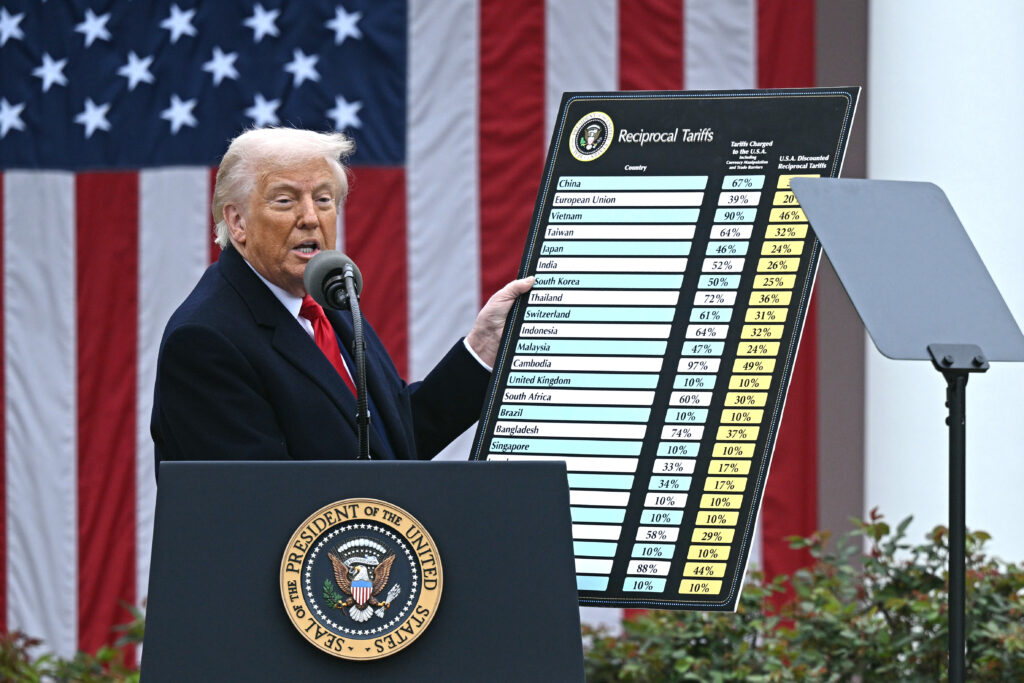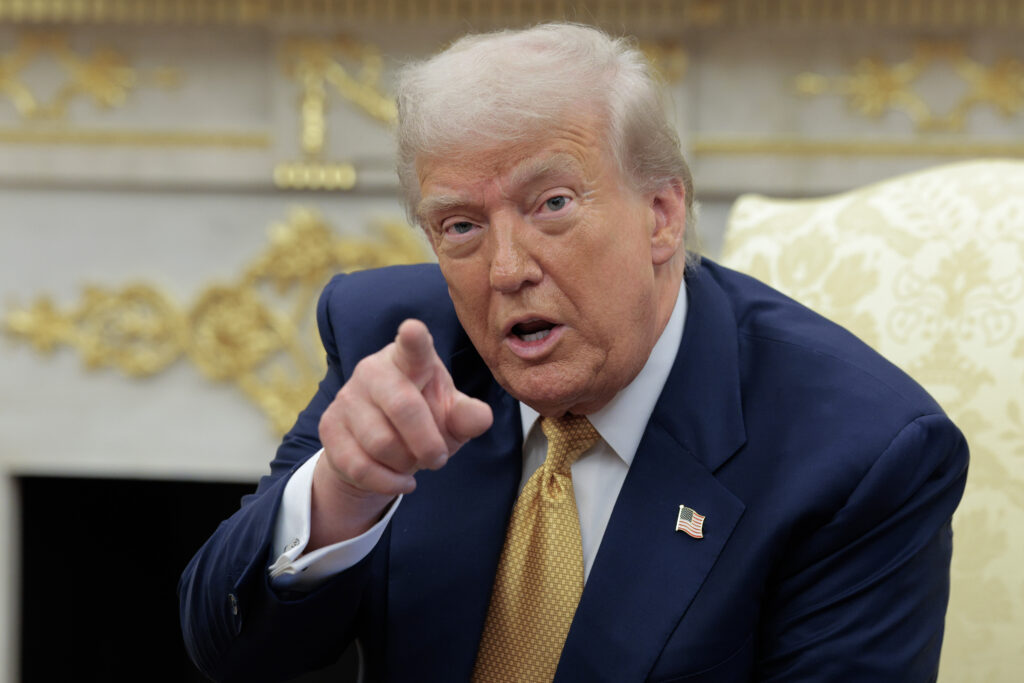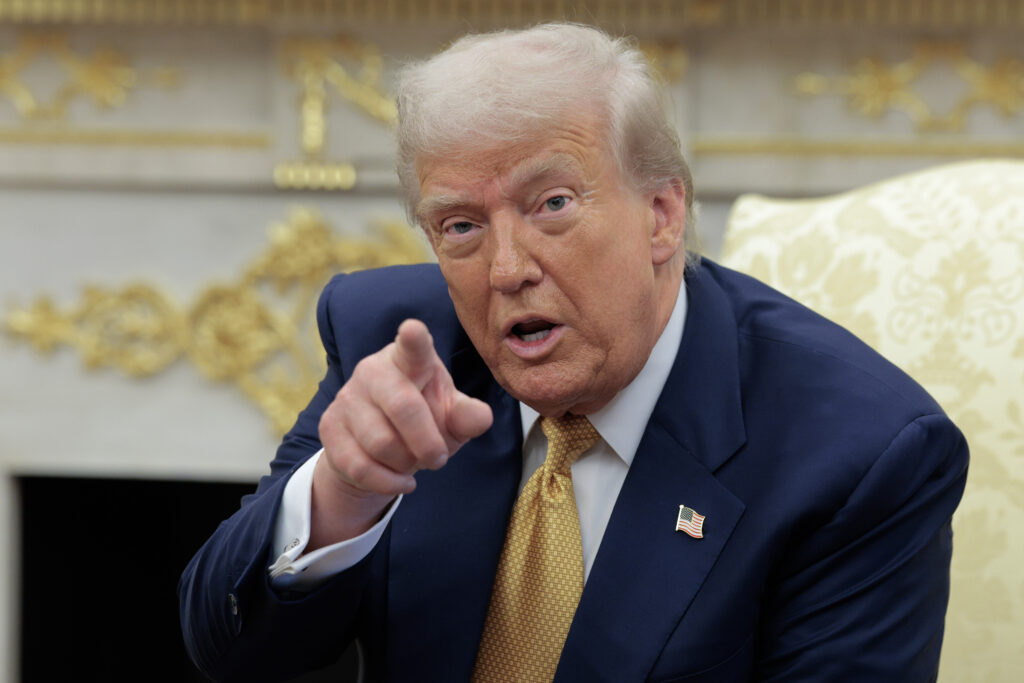Législative à Paris: LR doit désigner son candidat sur fond de rivalités entre Barnier et Dati
Les Républicains doivent désigner lundi leur candidat pour la législative partielle dans la deuxième circonscription de Paris. Deux poids lourds sont sur les rangs: Michel Barnier, soutenu par Bruno Retailleau, et Rachida Dati qui menace de se présenter contre lui.La commission nationale d’investiture (CNI) de LR se réunit à 17 heures. Bluff ou réelle candidature, il est en tout cas bien “prévu” que la bouillonnante ministre soit entendue, indique à l’AFP son entourage. Michel Barnier, éphémère Premier ministre, s’est porté candidat le 15 juillet, quelques jours après la décision du Conseil constitutionnel de déclarer inéligible le macroniste Jean Laussucq.Rachida Dati, plus que jamais intéressée par la mairie de Paris, n’a manifestement pas apprécié la manière de faire et entretient depuis le flou autour de sa candidature à cette même législative.Pour tenter d’éviter une nouvelle guerre fratricide dont le parti est coutumier, une réunion s’est tenue “dimanche soir” entre les deux intéressés autour de Bruno Retailleau, selon l’entourage de ce dernier.”Les deux ambitions – la mairie de Paris pour Rachida Dati et la législative partielle pour Michel Barnier – sont compatibles”, assure dans le JDD la ministre Annie Genevard, présidente de la Commission nationale d’investiture (CNI) du parti, proche du patron de LR. “Le président du parti s’emploie à apaiser les choses”. A priori, une surprise est improbable du côté de la CNI. Le président des Républicains a d’ores et déjà apporté son soutien au Savoyard. Et la CNI, dont la composition a été remaniée il y a à peine un mois, est favorable au ministre de l’Intérieur.Mais, “il faut trancher le sujet au plus vite, pour ne pas s’exposer à des psychodrames et partir en campagne”, a mis en garde samedi dans Le Parisien Jean-François Copé, l’ancien patron de l’UMP (avant LR), longtemps en conflit ouvert avec François Fillon.- “Une question d’équilibre” -Exclue des Républicains en 2024 après avoir été débauchée par Gabriel Attal pour entrer dans son gouvernement comme ministre de la Culture, Rachida Dati a repris sa carte chez LR. Pendant la campagne interne à la présidence du parti, son entourage a soutenu Laurent Wauquiez face au ministre de l’Intérieur.Sa colère contre Michel Barnier est-elle retombée ? Lors d’une réunion publique, elle l’a récemment accusé d’être “instrumentalisé par certains qui veulent la division”.Ces tensions surgissent à huit mois des municipales. Des proches de Rachida Dati, renvoyée la semaine dernière en procès pour corruption et trafic d’influence, disent craindre que Michel Barnier ait lui aussi des ambitions pour l’Hôtel de Ville si elle ne pouvait pas se présenter, ce que l’intéressé a démenti. A ce stade, Les Républicains n’ont pas apporté leur soutien à la ministre pour la mairie de Paris.”Ce n’est plus seulement une question de personnalité mais d’équilibre”, s’est contenté de commenter Bruno Retailleau.Le choc des deux ténors n’est toutefois pas forcément inévitable.”On peut sortir par le haut de cette histoire. Michel Barnier devrait dire très clairement qu’il soutient Rachida Dati” pour l’Hôtel de Ville, commente à l’AFP le maire LR du 6e arrondissement Jean-Pierre Lecoq, proche de la ministre.Du côté de l’ancien locataire de Matignon, on plaide pour qu'”un dialogue se poursuive”, assurant qu’il “y a un chemin”.Mais la stratégie du Savoyard, qui nourrit des ambitions présidentielles, suscite des interrogations au sein des Républicains. Un cadre du parti le soupçonne “de briguer la présidence du groupe des députés”, actuellement occupée par Laurent Wauquiez.Pour corser le tout, les autres membres de la coalition gouvernementale n’ont guère apprécié sa façon de faire, à l’image de Gabriel Attal qui a “regretté” que LR ne se soit pas coordonné avec Renaissance, alors que le député sortant siégeait dans les rangs du parti présidentiel.Ces divisions pourraient ravir la gauche. Elle avait créé la surprise l’an dernier en parvenant à se glisser au second tour dans cette circonscription, longtemps considérée comme “imperdable” par la droite. Les socialistes doivent choisir leur candidat dans les jours qui viennent. Quant à Thierry Mariani, ex-ministre de Nicolas Sarkozy passé au Rassemblement national, il a d’ores et déjà annoncé sa candidature dans cette circonscription qui couvre une grande partie des huppés 5e, 6e et 7e arrondissements parisiens et qu’il présente comme “the place to be”.


